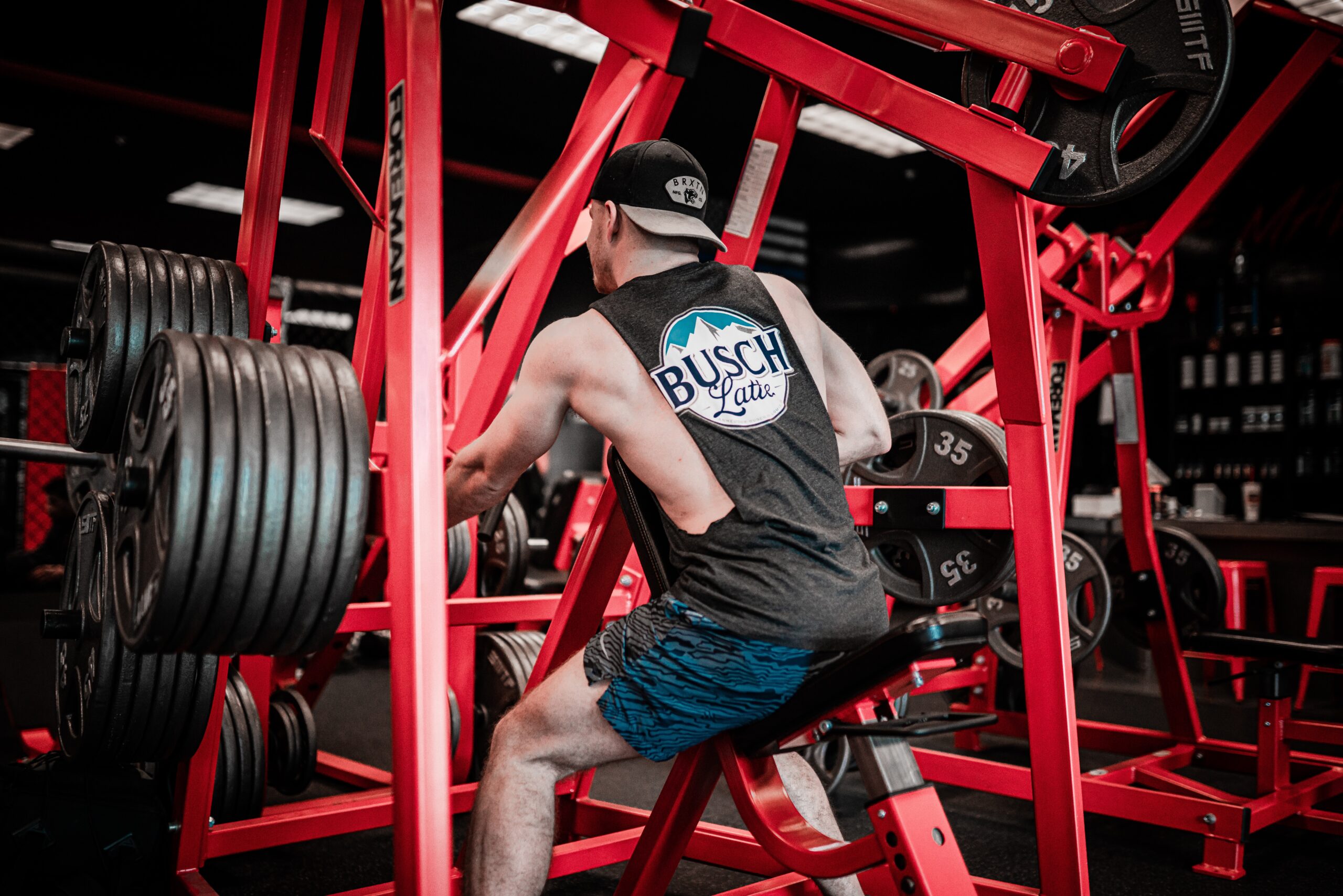High-Intensity Interval Training, commonly known as HIIT, has gained immense popularity in recent years. It is a workout method that involves short bursts of intense exercise followed by periods of rest or low-intensity exercise. This type of training has been proven to be highly effective in improving cardiovascular fitness, burning calories, and increasing overall endurance.
So, what is the science behind HIIT? How does it work to deliver such impressive results? Let’s dive into the details.
The Benefits of HIIT
One of the key reasons why HIIT has become so popular is its efficiency. Traditional steady-state cardio exercises, like jogging or cycling, can take up a significant amount of time to burn a substantial number of calories. On the other hand, HIIT workouts are typically shorter in duration but provide similar or even better results.
HIIT works by pushing your body to its maximum capacity during the intense intervals. This causes your heart rate to increase significantly, leading to a higher calorie burn during and after the workout. This phenomenon is known as excess post-exercise oxygen consumption (EPOC), or the afterburn effect. Your body continues to burn calories at an elevated rate even after you’ve finished your workout, which can help with weight loss and improving metabolic health.
The Science Behind EPOC
During high-intensity exercise, your body relies on anaerobic metabolism, which uses stored glycogen as the primary energy source. This leads to an oxygen debt, as your body cannot supply enough oxygen to meet the demands of the exercise. To repay this debt, your body continues to consume oxygen even after the workout has ended.
This increased oxygen consumption during the recovery period is what contributes to the afterburn effect. It helps to restore your body’s oxygen levels, repair damaged tissues, and replenish energy stores. This process requires energy, and therefore, your body continues to burn calories at a higher rate.
The Impact on Cardiovascular Fitness
In addition to the calorie-burning benefits, HIIT also has a significant impact on cardiovascular fitness. The intense intervals of exercise push your heart rate to its maximum capacity, improving its strength and efficiency.
Regular HIIT workouts can lead to an increase in stroke volume, which is the amount of blood pumped by the heart with each beat. This means that your heart becomes more efficient at delivering oxygenated blood to your muscles, even during periods of intense exercise. As a result, your overall cardiovascular fitness improves, allowing you to perform better in other physical activities.
The Importance of Recovery
While HIIT can deliver impressive results, it’s essential to prioritize recovery to avoid overtraining and injury. Since HIIT workouts are intense, they place a significant amount of stress on your body. Adequate rest and recovery periods are crucial for allowing your body to repair and adapt to the demands of the exercise.
Make sure to incorporate rest days into your training schedule and listen to your body. If you’re feeling excessively fatigued or experiencing pain, it’s important to take a break and allow your body to recover.
Conclusion
HIIT is a highly effective training method backed by science. Its ability to burn calories, improve cardiovascular fitness, and increase endurance makes it a popular choice for individuals looking to maximize their workout results in a shorter amount of time. However, it’s important to approach HIIT with caution and prioritize recovery to ensure long-term success and prevent injury.
So, if you’re looking for a workout that can deliver impressive results in a shorter amount of time, give HIIT a try. Your body will thank you!



0 Comments